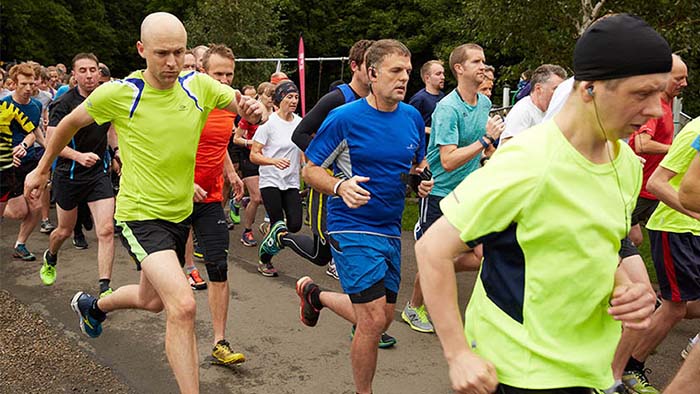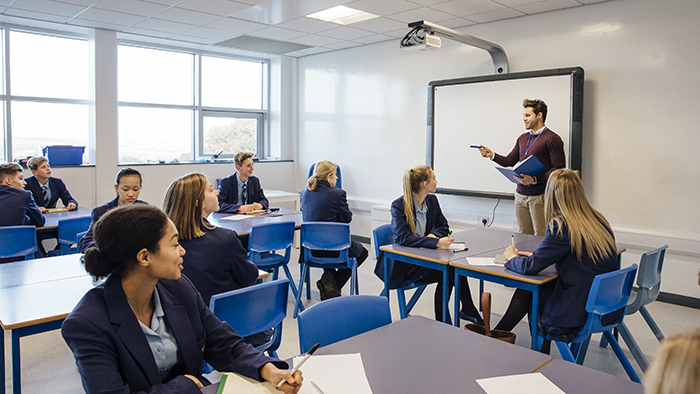Unfamiliar settings and people can increase anxiety and distress in children with ASD. Clinicians can find it difficult to engage with the children effectively, even for routine procedures such as taking blood samples or applying an orthopaedic plaster cast. This stress can be a barrier for children getting the healthcare they need and result in wasted appointments.
Research has shown that children with ASD respond positively to robots, which can help lower anxiety levels, and aid the child’s communication and attention skills. Robots have an advantage over standard technology because they have a physical presence, can interact with the environment and simulate a social interaction, including non-verbal cues such as eye gaze, gestures and posture.
As part of the current project a pilot study of four children with ASD interacting with two social robots was undertaken at Sheffield Children’s Hospital. The robots were: a Softbank Robotics humanoid called NAO, which speaks, dances and gives instructions to the child; and the pet-like MiRo, which behaves like a pet dog, moving around, making noises and barking. Having physical contact with a stranger can be a stressful experience for children with ASD.
As part of the pilot, the NAO introduced a pretend clinical procedure in which a nurse applied plaster to each child’s arm. During this session the nurse was able to complete the procedure and the children were happy to stay longer to play with the robots.
The parents were surveyed following the experiment and made positive comments including how the presence of the robots had “put the child at ease”. Following the pilot, the project now has four main objectives:
1) develop a service prototype based on clinicians’ requirements and easy-to-use graphical interface to control the robot
2) design and customise robot-supported learning and training activities
3) study clinical protocols for the integration of the robot-supported activities in the standard treatment
4) carry out a proof-of-concept experiment with children at the Sheffield Children’s Hospital to investigate the usability and acceptability of the system and its effectiveness in the therapy Sheffield-based company New Technology Horizons is working with the AWRC and project academic on future commercialisation options. The work piloted at Sheffield Children’s Hospital will be of national interest as similar challenges occur across the UK.
'We know that robotic technology with children with developmental disabilities has huge potential in helping with engagement and access to treatment, but we need to understand how these children respond to and interact with robots to see how we can make the most of this technology and this is what we are doing through this research.'
Dr Judy Clegg
Senior Lecturer, Speech and Language Therapist, The University of Sheffield
“I really want this study to be successful as it is so exciting and has so many opportunities to help children with ASD access things they find anxiety provoking.”
Dr Karen Arnold
Team Leader for Community Paediatrics, Sheffield Children's Hospital



